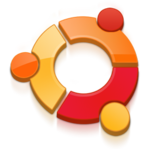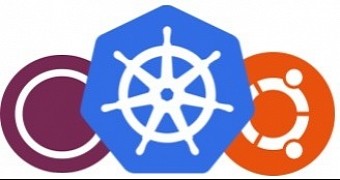Canonical Enhances the Reliability of Its Kubernetes for IoT, Multi-Cloud & Edge


MicroK8s is an upstream Kubernetes deployment certified by the Cloud Native Computing Foundation (CNCF) and developed entirely by Canonical to run offline on your workstation or edge device for all your development, prototyping, and testing needs. MicroK8s is delivered as a snap, which makes it possible to run all Kubernetes services natively and comes bundled with all the libraries and binaries required.
The latest MicroK8s 1.16 release adds high-availability clustering by integrating enterprise SQL database through Canonical's in-house built Dqlite distributed SQL engine to enable rapid deployment of highly standardized small K8s clusters. Dqlite is designed to reduce memory footprint of the cluster in MicroK8s by embedding the database inside Kubernetes itself.
-

- Login or register to post comments
 Printer-friendly version
Printer-friendly version- 5107 reads
 PDF version
PDF version
More in Tux Machines
- Highlights
- Front Page
- Latest Headlines
- Archive
- Recent comments
- All-Time Popular Stories
- Hot Topics
- New Members
digiKam 7.7.0 is released
After three months of active maintenance and another bug triage, the digiKam team is proud to present version 7.7.0 of its open source digital photo manager. See below the list of most important features coming with this release.
|
Dilution and Misuse of the "Linux" Brand
|
Samsung, Red Hat to Work on Linux Drivers for Future Tech
The metaverse is expected to uproot system design as we know it, and Samsung is one of many hardware vendors re-imagining data center infrastructure in preparation for a parallel 3D world.
Samsung is working on new memory technologies that provide faster bandwidth inside hardware for data to travel between CPUs, storage and other computing resources. The company also announced it was partnering with Red Hat to ensure these technologies have Linux compatibility.
|
today's howtos
|









.svg_.png)
 Content (where original) is available under CC-BY-SA, copyrighted by original author/s.
Content (where original) is available under CC-BY-SA, copyrighted by original author/s.

Canonical enhances Kubernetes reliability for edge, IoT
Canonical enhances Kubernetes reliability for edge, IoT and multi-cloud
Canonical Announces High-Availability Clustering In MicroK8s
Canonical Announces High-Availability Clustering In MicroK8s
New HA clustering on MicroK8s eases path to clustered edge...
New HA clustering on MicroK8s eases path to clustered edge appliances